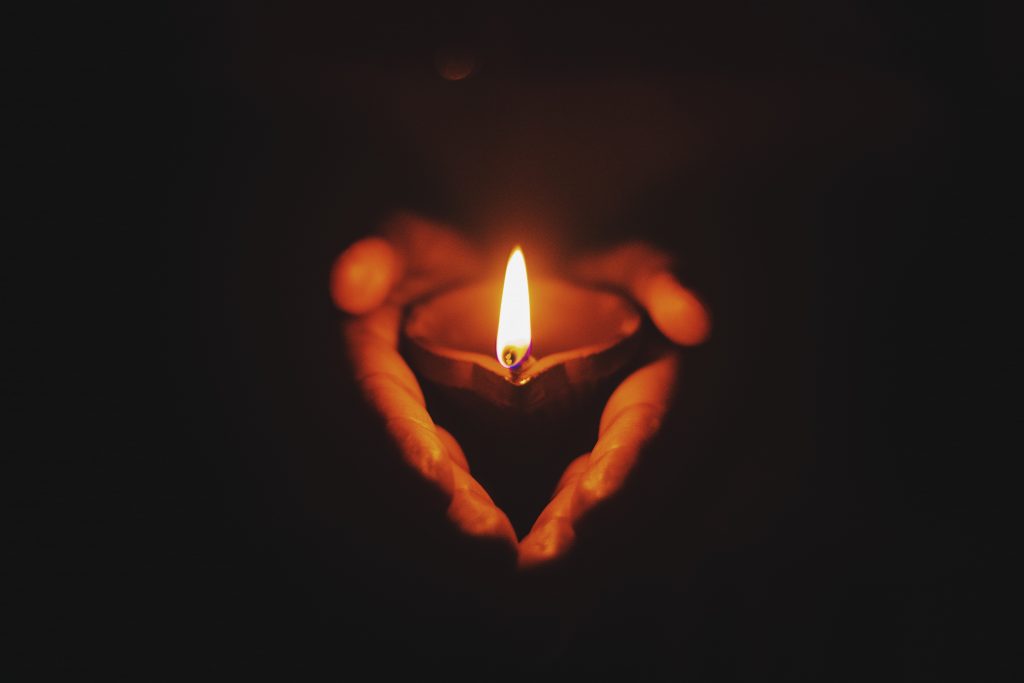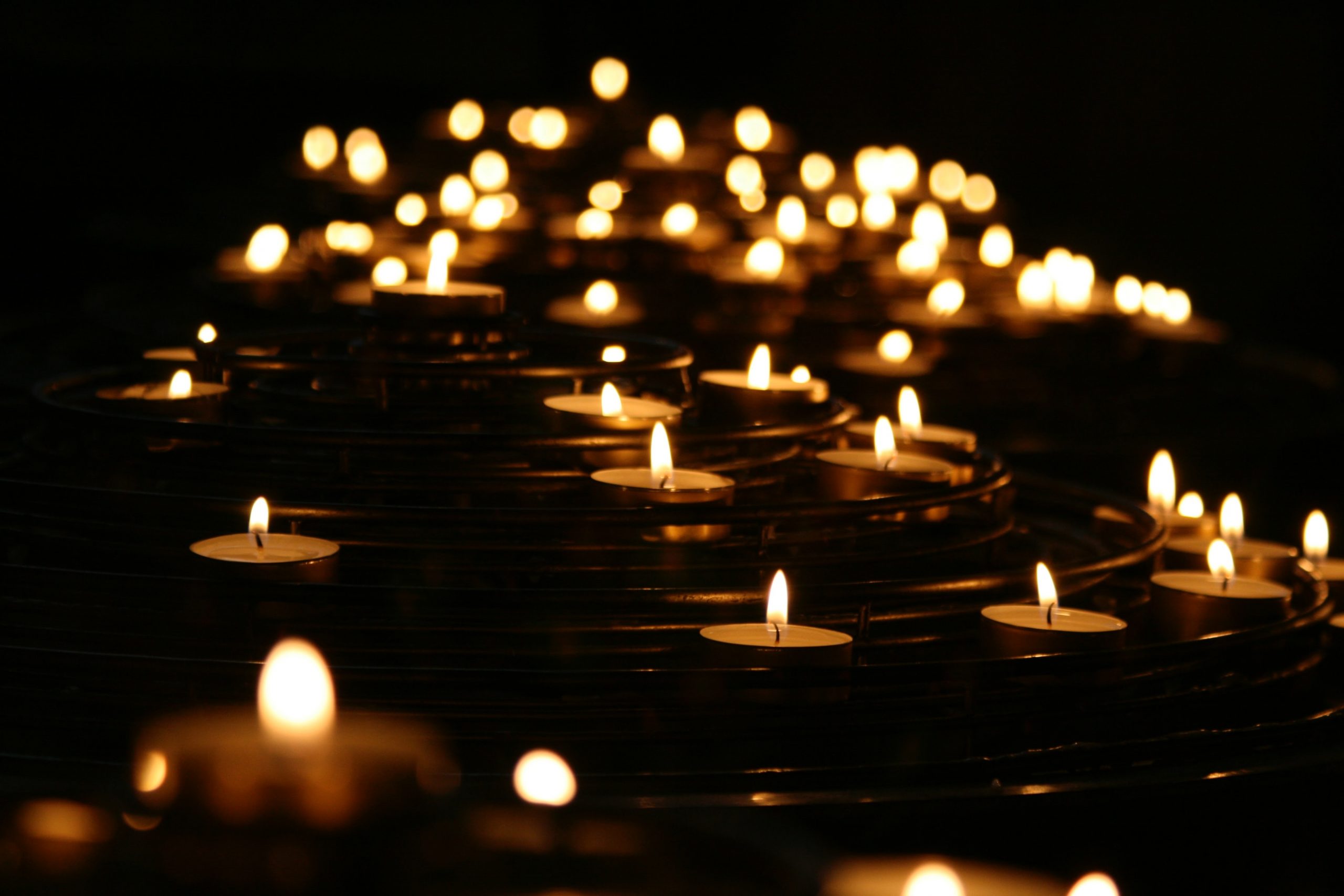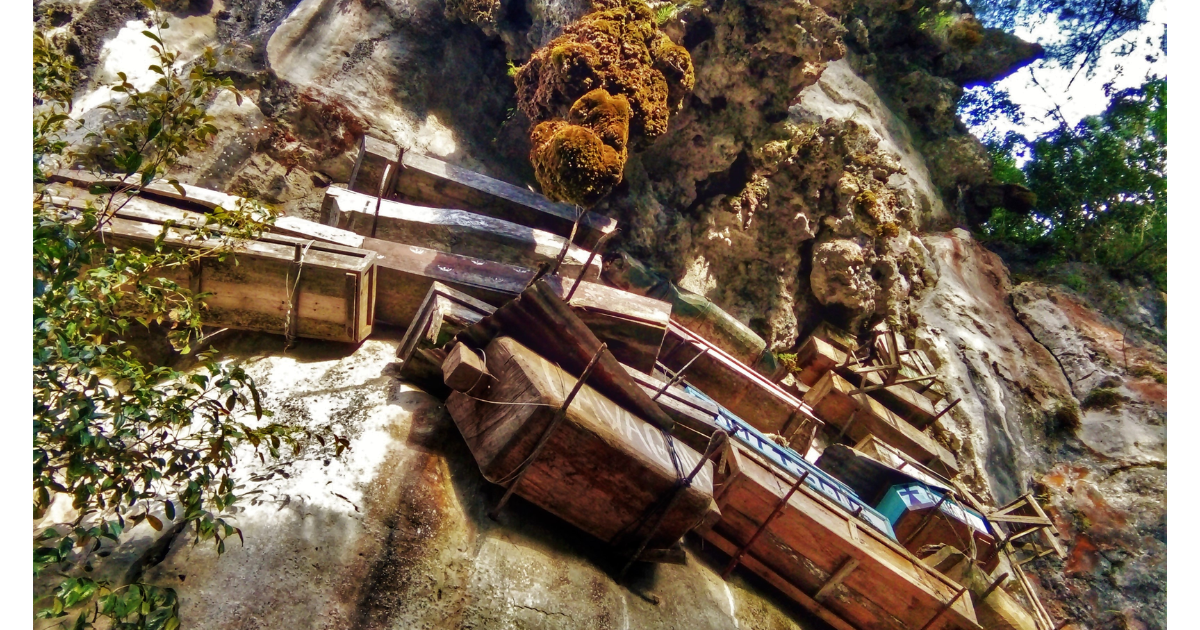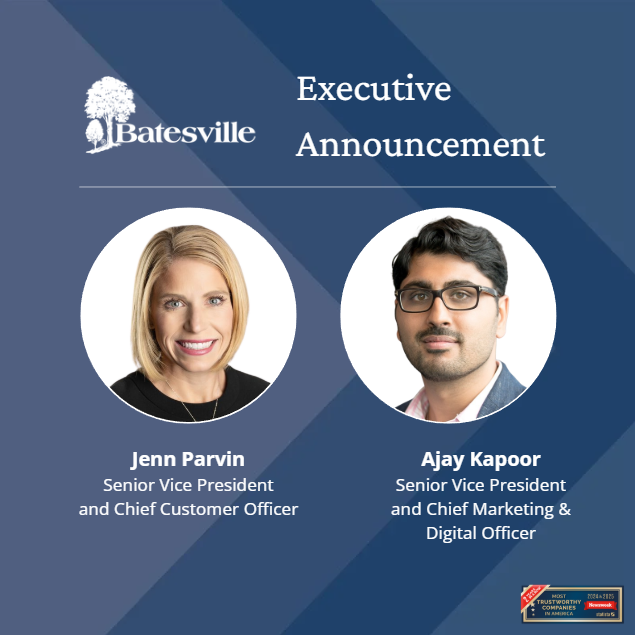The History of Cremation Rituals and Why They Aren’t Going Away
Ritual has been an important part of understanding grief and loss for centuries. Many grief counselors and death educators agree that ritual is helpful in the healing process for all people, regardless of religious preferences or type of disposition. In today’s deathcare profession, cremation rates are rising, and are only predicted to continue on an upward trajectory. It has also become clear that families are looking for meaningful ways to personalize the death planning experience, seeking out options that uniquely represent and memorialize their departed loved one.
When it comes to cremation, we all know the tried and true scattering ritual, which is, more often than not, messy and unsatisfying. In today’s experience economy, many cremation families want and need more than the bare minimum of cremation options. Though some experts believe that our culture is beginning to move away from death rituals, today’s quickly evolving landscape of contemporary deathcare has created opportunities for new rituals post-cremation that can offer special and meaningful options for every family. It’s time for funeral professionals to learn the value of helping families create cremation rituals for the wellbeing of our families and our businesses.
A Brief History of Cremation and Rituals
Looking back to the earliest versions of cremation around the world, it’s clear that, like burial, ritual has been an integral part of funeral practices for centuries. The earliest evidence of cremation in the world is actually dated to the early stone age, around 3000 B.C., found in the Near East and Europe, and rituals around laying cremated remains to rest are also evident. The practice then spread its way across Asia and Europe, with decorative ceramic urns being found in Western Russia and among Slavic civilizations. During the Mycenaean Age (1000 B.C.) cremation grew in popularity due to wars in Greece, and large numbers of dead from battle. Death rituals around this time included laying out of the dead for visitation, procession to the burial site, and final interment of the cremated remains or body of the deceased. These ancient practices closely reflect the typical funeral ritual we know in the United States today.
Additionally, many of the urns in this time were highly decorated and were stored in columbarium-like buildings, and it was common for families to have specific days in the year set aside to go to their family members’ tombs to commemorate their life and leave offerings. These ancient Greek post-cremation rituals are actually very similar to the desires of some cremation families today. Many people choose special sites for burying, scattering, or housing a loved one’s cremains, and destination memorials are increasing in popularity with the advent of companies like A Better Place Forests and Eternal Reefs. Selecting a highly personalized and decorative urn or finding ways to display cremains in decorative ways are also still rituals that cremation families value.
Cremation fell out of favor in the west by the time of Constantine’s rule (400 AD). When Christianity became the main religion in Europe, cremation was viewed as a pagan practice, and the first modern cremation is actually attributed to Sir Thomas Browne(1605-1682), a physician, and advocate of cremation in his writings, Urne-Buriall, or, A Discourse of the Sepulchral Urnes lately found in Norfolk (1658). However, it wasn’t till 87 years after his death, in 1769 that the first modern cremation took place. It took another century before modern cremation was truly adapted in western culture, and new rituals arose with it.
Since the 1870s in the US, cremation has been through three eras, according to Jason Engler, cremation historian and Director of Customer Experience at UPD Urns. Jason curated a thorough exhibition on the History of Cremation at the National Museum of Funeral History in 2018, which was the first exhibit to give the public the full history and story behind cremation in the US, and the practices that surround it. The Purification (1870-1920), Memorialization (1920-1960), Simplification (1960-2020) eras, and today’s cremation era of Personalization, as well as the value of understanding the needs that those eras have served for grieving families over the past century, are explained in detail in this recent article on Connecting Directors. The history of cremation, both ancient and recent, makes clear that, though cremation has gone in and out of favor according to major western religious shifts, the practice isn’t going anywhere in the near future. Ritual has always been an important aspect of this disposition method, and cremation rituals have evolved to meet the needs of families from each era. Understanding these facts can help us consider how to help contemporary cremation families create personalized, meaningful rituals of their own in today’s deathcare landscape.
We’ve created a free ebook about contemporary options for ritual-seeking cremation families that you can download for free by clicking below:
Why is ritual important after a death?
When someone dies, the people who knew them need closure, a space for grieving and remembrance, and support from their community. Ritual is traditionally how these grieving needs were met. According to the Center for Loss, “[The funeral ritual] is a public, traditional and symbolic means of expressing our beliefs, thoughts, and feelings about the death of someone loved. Rich in history and rife with symbolism, the funeral ceremony helps us acknowledge the reality of the death, gives testimony to the life of the deceased, encourages the expression of grief in a way consistent with the culture’s values, provides support to mourners, allows for the embracing of faith and beliefs about life and death, and offers continuity and hope for the living.”

This article from T.A.P.S. (Tragedy Assistance Program for Survivors) supports the claim that rituals are necessary for moving through grief after a death, outlining that: “[T]he funeral is a public, traditional, and symbolic means of expressing our beliefs, thoughts, and feelings about the death of someone loved. Rich in history and full of symbolism, the funeral ceremony helps us begin to meet a number of our fundamental needs as mourners.” According to T.A.P.S, funeral rituals help the families of the deceased acknowledge the reality of the death, give testimony to the unique life of the person who died, encourage the expression of grief, provide support to mourners, embrace our faith, beliefs, and questions about life and death, and find hope for our continued living.
Joél Simone Anthony, sacred grief practitioner, licensed funeral director, and deathcare educator helps families move through grief and loss with intention by incorporating rituals around death into her practice. Joél explains the importance of building rituals in the grieving process in an interview with the Deathcare Decoded podcast:
“Because of my cultural upbringing in the Gullah-Geechee culture, and my own personal spiritual beliefs, I see death, dying, grief, and mourning as extremely sacred spiritual experiences[…] what I do is help my clients and families develop rituals around grief and mourning, and we do that in several ways. I think about it like languages. IF your language is Christianity we build rituals that align with Christianity around your experience with death and grief. If your language is chakras and alignment, we build rituals around that. It’s about that personalization. […] Rituals allow you to direct your grief, not control it, not manipulate it, not deny it, not shut it out, but direct it. It allows you to say, ‘ I want to move in this direction.” And it’s all about intention. So, I help people develop intention, and ritual around their grief experience.”
Hear more from Joél about the significance of personalized ritual building during mourning in this video clip from her interview with the Deathcare Decoded Podcast:
Ritual Building for Today’s Cremation Families
The benefits that come from practicing rituals after a death shouldn’t be reserved for families choosing burial. Cremation rituals are important for families who choose cremation, as many are looking for more than basic or direct cremation in the era of personalization and today’s experience economy.
Need ideas for how to help your cremation families create meaningful rituals? Click below to download a free ebook of Contemporary Cremation Rituals:
*Research assistance for this article provided by Parting Stone‘s intern Madeline Mullinnnix




